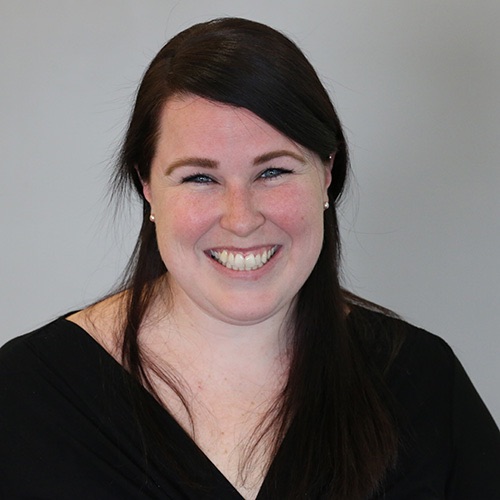![]()
Kirstie Cummings, Ph.D., an assistant professor in the Department of Neurobiology, was recently honored with the Heersink School of Medicine's Featured Discovery Award. She was recognized alongside Zephyr R. Desa, a UAB neuroscience Ph.D. student, and Rodrigo Campos-Cardoso, Ph.D., a UAB postdoc, the study’s first authors. The initiative highlights significant research contributions from Heersink faculty members. Kirstie Cummings, Ph.D.
Kirstie Cummings, Ph.D.
Their study, “The mouse dorsal peduncular cortex encodes fear memory,” was published in Cell Reports.
“Our research opens up new avenues for exploring the role of the dorsal peduncular cortex in fear regulation, particularly in the context of post-traumatic stress disorder (PTSD),” states Campos-Cardoso. “Since PTSD is characterized by persistent and exaggerated fear responses, understanding how the dorsal peduncular cortex contributes to fear encoding could lead to the development of new therapeutic strategies aimed at modulating this brain region. Future studies might investigate whether targeting the dorsal peduncular cortex can help alleviate the heightened fear retention observed in PTSD, potentially leading to more effective treatments for this debilitating condition.”
The ability to sense and balance feelings of fear and safety is essential for survival. When these emotions are out of balance, it can lead to neuropsychiatric disorders such as PTSD. In this study, researchers examined a brain region previously thought to process safety signals, only to find that it unexpectedly plays a role in promoting fear. These findings suggest a new potential target for PTSD treatment.
“We think our findings can be translationally relevant to psychiatric disorders such as PTSD," explains Desa. “There is evidence that PTSD patients have been shown to have hyperactivity in the regions of the brain thought to be functional analogs to the rodent ventromedial prefrontal cortex. Our results may help to fill in the gaps of our knowledge regarding how the human prefrontal cortex is changed following traumatic events.”
The Heersink communications team met with Cummings to gather insights and raise awareness about the study and the Heersink School of Medicine.
Q: What was your most unexpected finding?
Our study was situated in the ventromedial prefrontal cortex, an area well-known for its role in fear suppression and safety signaling. We found that a subregion of this area, the dorsal peduncular cortex, paradoxically functions to encode and express fear. This finding is at odds with its proposed function in fear suppression and was very much unexpected.
Q: How do you feel your research will impact the science community?
We have discovered a new role for a highly understudied area in the medial prefrontal cortex that functions in fear-related behaviors. Our findings have thus fundamentally upended how fear researchers and others think about the organization and function of this area during distinct emotional states. Most importantly, I think our findings highlight that there is still a lot to learn about the brain, even in areas that are historically highly studied like the prefrontal cortex.
Q: When did you know you had an important discovery?
It is funny, because in some of the first experiments we performed, we were repeatedly seeing a result that, according to the literature, was 'wrong.' How could a brain region thought to suppress fear actually function to promote fear? We did some digging in the literature from other species and observed some similar paradoxical findings. At that moment, we realized we had an important discovery on our hands.
Q: What made you come to UAB?
When I interviewed at UAB, I could tell it was a very special place. I've always heard people talk about collaborative, friendly, and supportive environments, but this was the first time I'd actually experienced it first-hand. As soon as I had that experience, I knew UAB would be my academic home.
Q: What do you find makes the science community here unique?
Faculty, students, and staff have a rare combination of being both amazing scientists and human beings. People go out of their way to help and if they can't help, they will find someone who can. The support for junior faculty, especially those from non-traditional backgrounds, is above and beyond anything I have ever experienced.